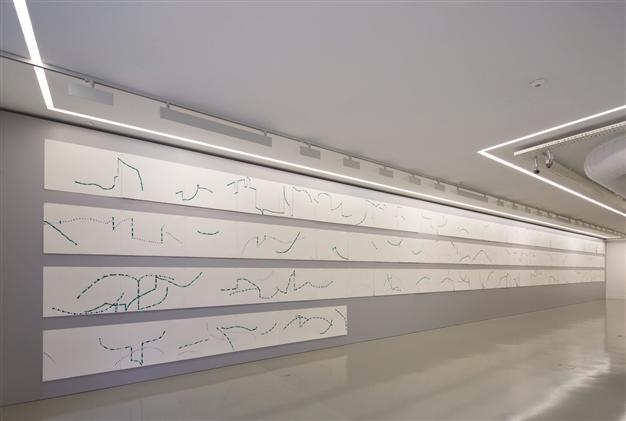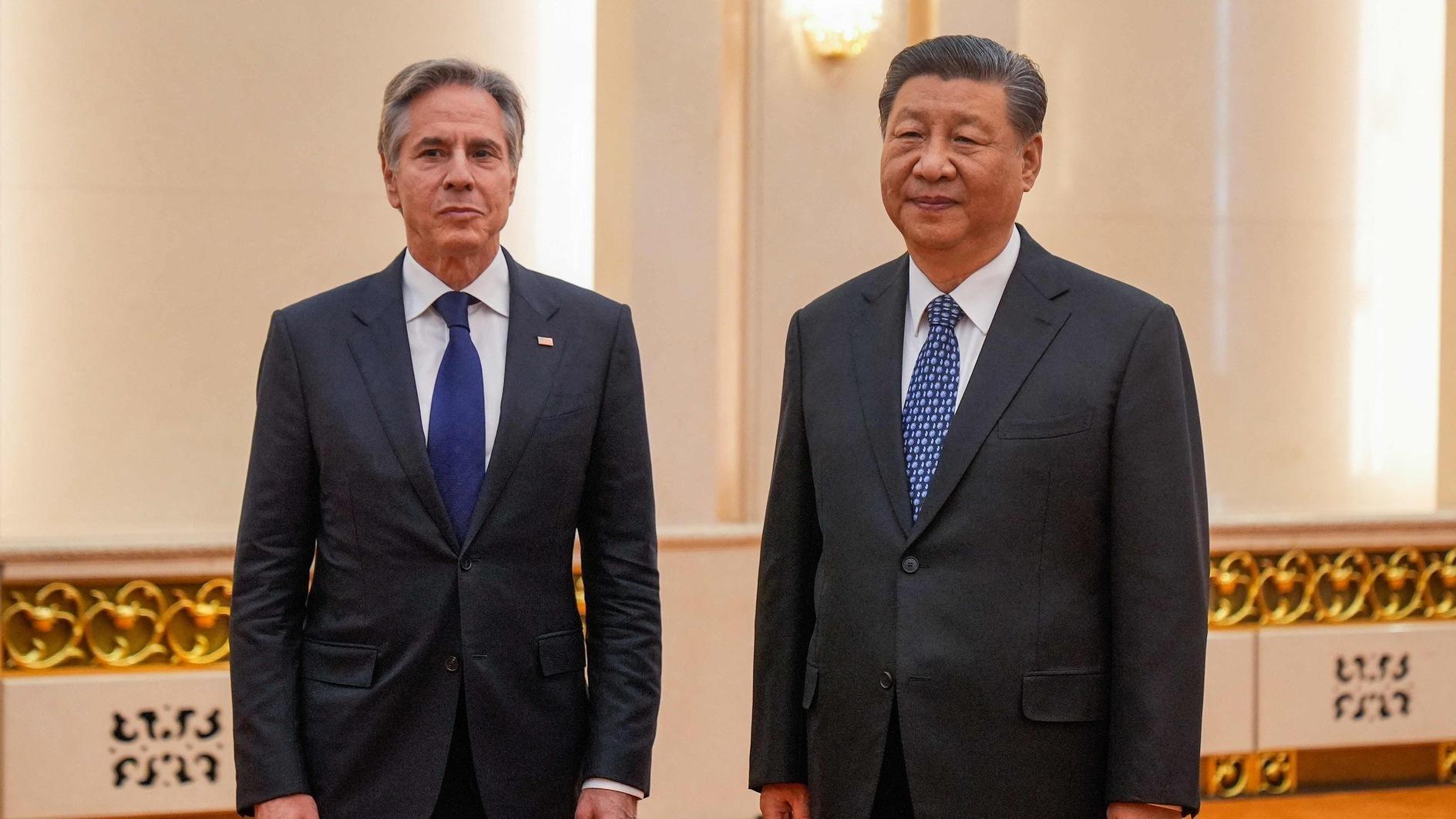Sarkis goes east for an old inspiration in latest show
ISTANBUL

Sarkis’ first encounter with the solo flute score of Cage’s Ryoanji inspired him as if it was ‘a dance of lines on a blank paper and of calligraphy,’ which he ultimately gave form to with 96 watercolors entitled ‘Partition de flûte Ryoanji / Cage selon Sarkis.’
Japan is the inspiration for Istanbul-born artist Sarkis’ latest work, a multidisciplinary work featuring both music and watercolors, at Arter art space.Albeit many years apart, artists John Cage and Sarkis both found inspiration in the famous Ryoanji Zen garden, ultimately leading to the creation of three works included in the present exhibition.
Sarkis’ first encounter with the solo flute score of Cage’s “Ryoanji” inspired him as if it was “a dance of lines on a blank paper and of calligraphy” which he ultimately gave form to with 96 watercolors entitled “Partition de flûte Ryoanji / Cage selon Sarkis” (Flute Partition Ryoanji / Cage according to Sarkis). The third floor of Arter features soothing waves constituting the main work in the exhibition, while the other two works, plans of the Zen garden, entitled “Ryoanji interpretation opus n°2, Kyoto” (2012), and “D’après Ryoanji” (After Ryoanji) 2012, flank the centerpiece at each end of the gallery.
The exhibition has attained an important dimension thanks to the curation of Melih Fereli, bringing together two great musicians, Kudsi Ergüner (ney) and Jean-François Lagrost (shakuhachi) in a musical interpretation of Sarkis’ watercolors.
Diffused in the gallery throughout the exhibition (looping to the start on the hour, 20 and 40 minutes past the hour), this unique pre-recorded interpretation beckons the viewer to listen carefully, as if it were a “call” on Ryoanji, almost witnessing the blending of locations that are remote, both geographically and culturally, thus enhancing the expressivity of Sarkis’ “sound-trails.”
Ergüner and Lagrost performed a live interpretation on Nov. 15, 16 and 17 on Arter’s third-floor gallery, while a pre-recorded version will be diffused in the gallery throughout the exhibition. Sarkis’ most recent show was “İkiz I Twin” at Mana Gallery in Istanbul. In the exhibition, Sarkis created a universe of dualities at work in multiple layers. Copper surfaces with their reflective and transmissive properties take the central stage in a setting where each floor of the gallery space acts as an original twin to the other.
Time lapses and space
The twins are endowed with minor distortions expressed in the time lapse and spatial divide between the two floors, and also in the substance and the form of each work. Each object is encountered twice but both are of essence, referring to the founding dualisms of the human experience and conception of the universe. This duality is transcended only by the sound element of the exhibition. A musical score fills the entire space; also connecting the exhibition to Sarkis’ “Ballads” installation at a former shipyard in Rotterdam, the distant, ringing sound of bells conveys the song of two whales in dialogue as Sarkis engages in his own conversation with Cage.Sarkis is perceived as one of the world’s leading conceptual artists. Apart from Turkey and France, Sarkis has exhibited his work in over three dozen countries.
















